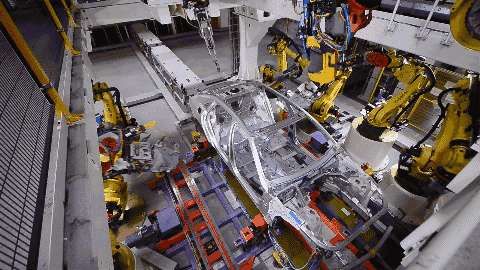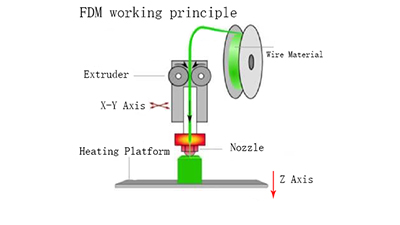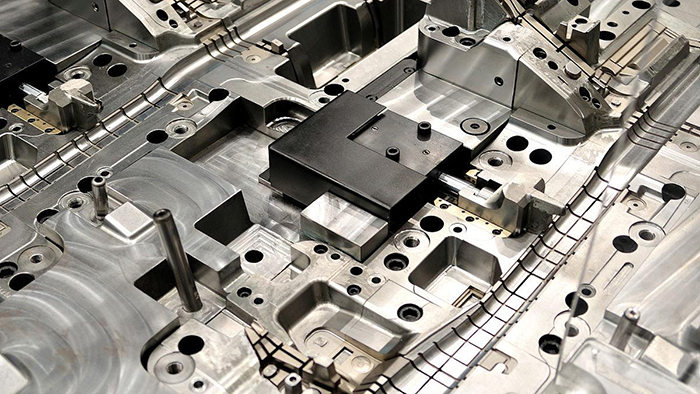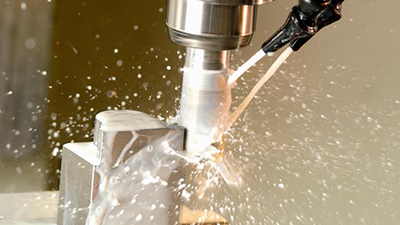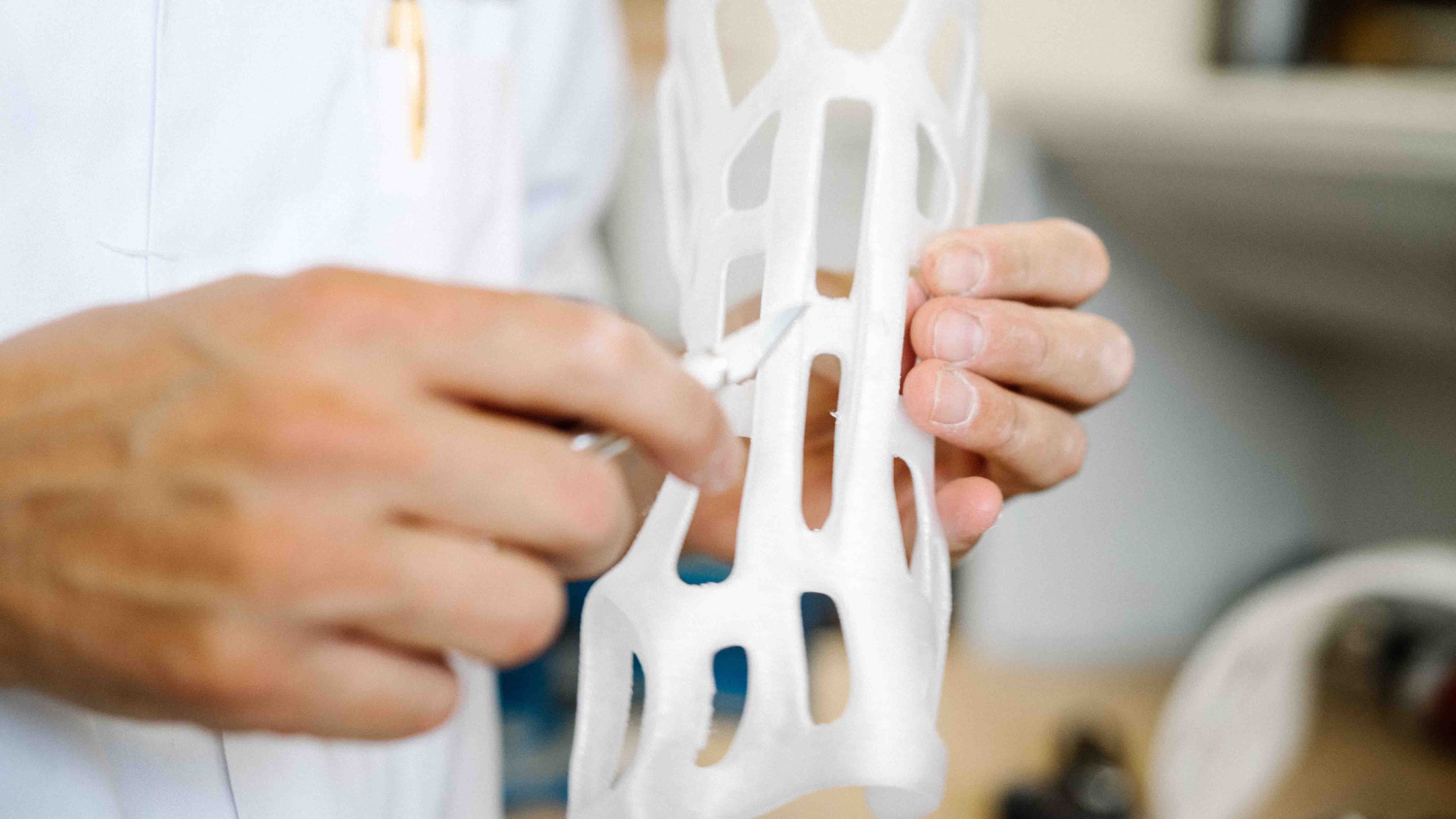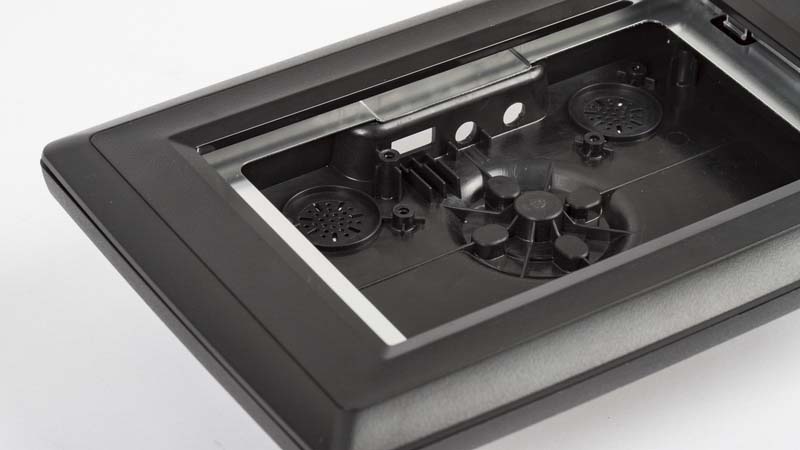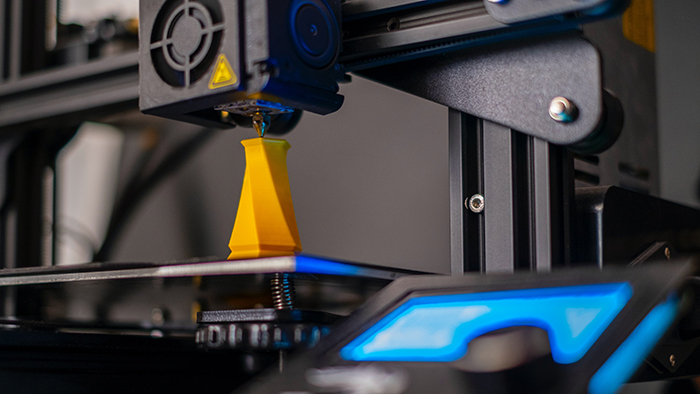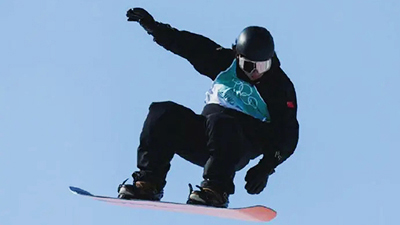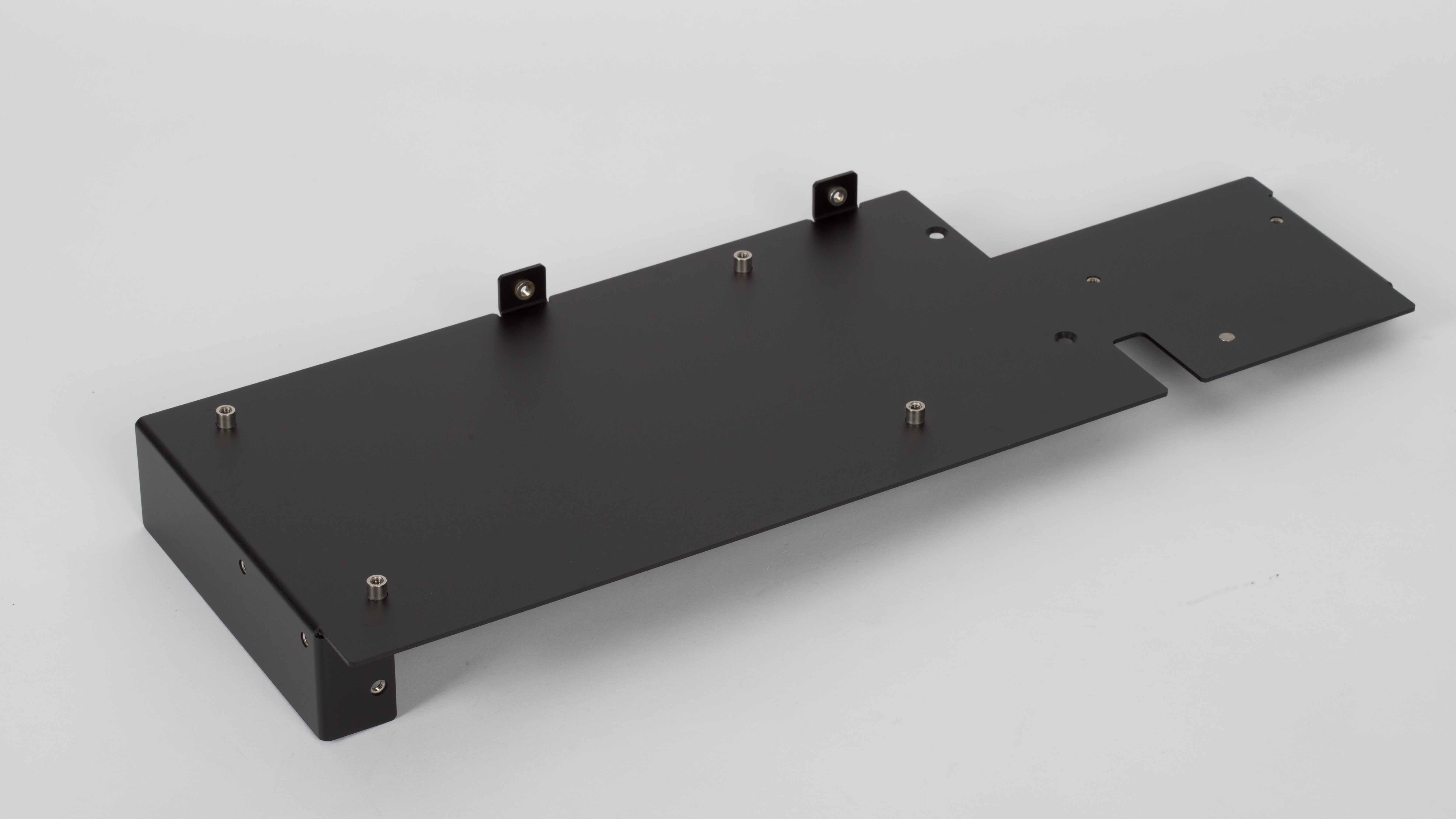Since the 21st century, with the development of science and technology and the improvement of people's living standards,
sheet metal processing has been widely used in our daily life, Today,
mastars explains the sheet metal processing process in detail.
Mastars specialize in
CNC machining /
CNC Rapid prototyping/
3D printing/Vacuum die casting/
metal prototype maker . Familiar with casting, extruding,forging, CNC machining, moulding,
custom metal stamping,and also finish treatments.
Introduction to sheet metal processing process
1. CNC blanking
After the drawing is received, different blanking methods are selected according to the expansion drawing and batch, including laser, CNC punch, plate shearing, die and so on, and then the corresponding expansion is made according to the drawing. For the processing of some special-shaped workpieces and irregular holes, there will be large sawtooth shape at the edge, which needs to be polished in the later stage.
2.deburring
After the workpiece is blanking, the edges, corners, burrs, sticking points and peeling shall be trimmed as necessary. At the tool contact, it shall be trimmed with a flat file, and the workpiece with large burrs shall be trimmed with an angle grinder.
3.press riveting, tapping, spot welding, segment difference and convex hull;
After blanking, enter the next process, and different workpieces enter the corresponding process according to the processing requirements. There are bending, riveting, flanging, tapping, spot welding, convex hull, segment difference. Sometimes after bending one or two times, the nut or stud shall be pressed well. Where there is a mold convex hull, processing shall be considered first, so as to avoid interference after processing in other processes, and the required processing cannot be completed. If there is a hook on the upper cover or lower shell, if it cannot be welded after bending, it should be processed before bending.
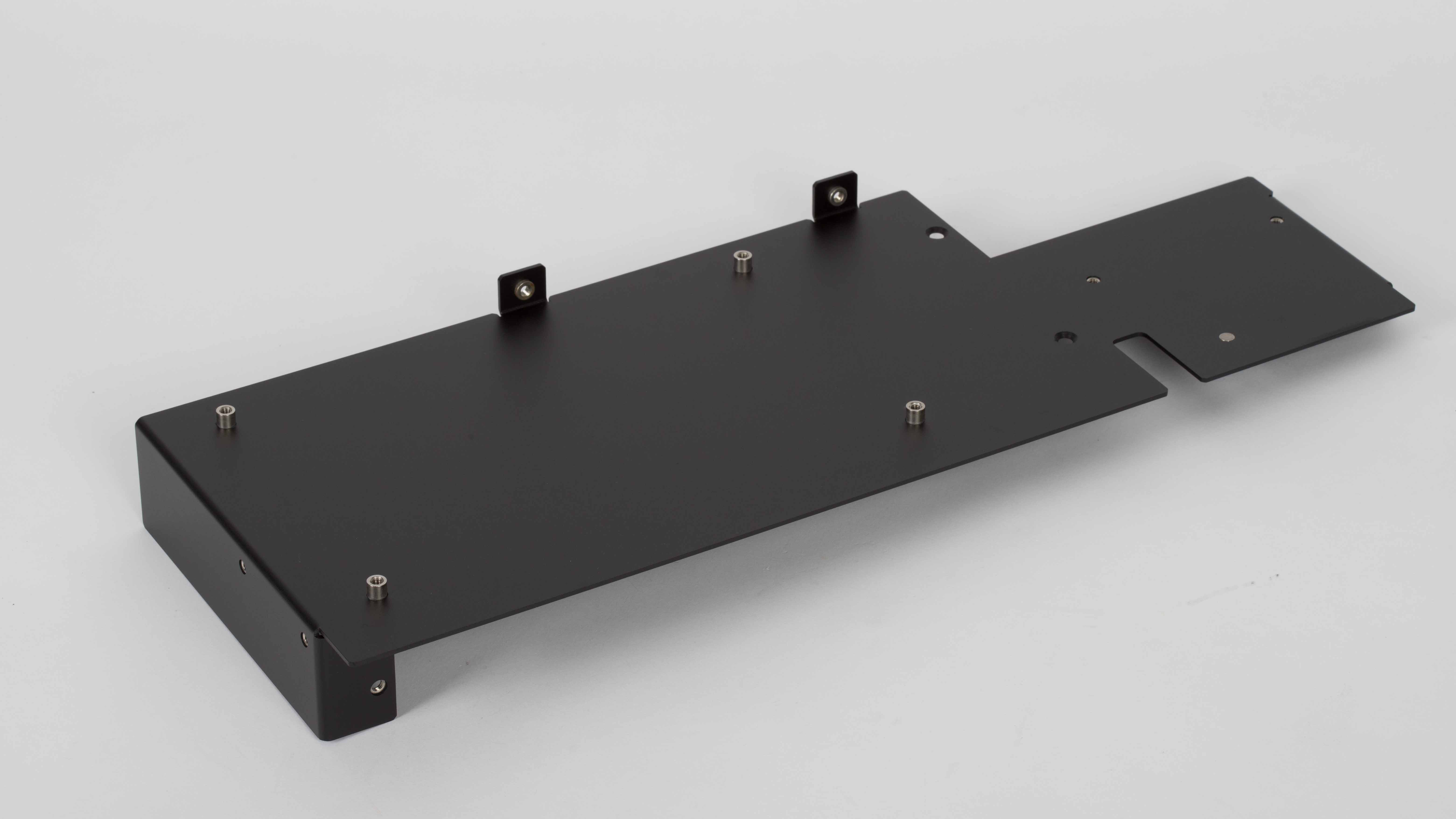
4. bending processing
When bending, first determine the tool and groove used in bending according to the size and material thickness on the drawing. Avoiding the deformation caused by the collision between the product and the tool is the key to the selection of the upper die, and the selection of the lower die is determined according to the thickness of the plate. The second is to determine the sequence of bending. The general law of bending is first inside and then outside, first small and then large, first special and then ordinary.
5. sheet metal welding
Welding includes argon arc welding, spot welding, carbon dioxide shielded welding, manual arc welding, etc. for spot welding, the welding position of the workpiece shall be considered first, and the positioning tooling shall be considered in mass production to ensure the accuracy of spot welding position. In order to weld firmly, punch a bump on the workpiece to be welded, so that the bump can be in uniform contact with the flat plate before power on welding, so as to ensure the consistent heating of each point, and determine the welding position at the same time.
Similarly, for welding, adjust the preloading time, pressure holding time, maintenance time and rest time to ensure that the workpiece can be spot welded firmly. After spot welding, there will be welding scars on the workpiece surface, which should be treated with a flat grinder. Sub arc welding is mainly used when two workpieces are large and need to be connected together, or the edges and corners of one workpiece should be treated to achieve the flatness and smoothness of the workpiece surface.
6. surface treatment
After the bending and riveting processes of the workpiece are completed, the surface treatment shall be carried out. The surface treatment methods of different plates are different. The surface plating is generally carried out after the cold plate processing. After the plating, the spraying treatment is not carried out. The phosphating treatment is adopted, and the spraying treatment is carried out after the phosphating treatment. Aluminum plates to be sprayed shall be sprayed after chromate oxidation treatment. Surface pretreatment can clean the surface, significantly improve the adhesion of the film, and double the corrosion resistance of the film.
Mastars Industries CO., LTD
www.mastars.com
Email: marketing@mastars.com
Tel: +86 755-88210690
Mobile: +86 181 0029 4997
Add: Building 6,Blue Sky Industrial Park, Ditang Road, Shajing Town, Shenzhen City, Guangdong, China


